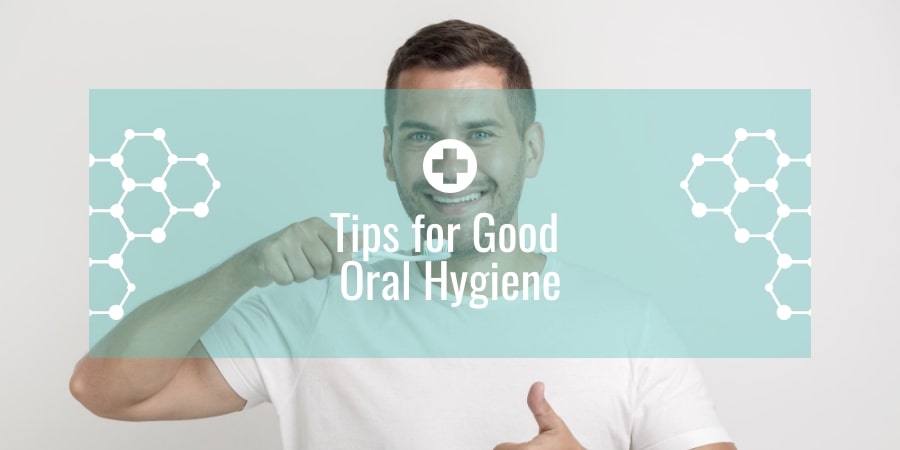While we have no problem putting food into our mouths it seems that looking after them can be a different matter. The problem is, the consequence of avoiding oral hygiene can often turn out to be disastrous for your health and even your social life.
Table of Contents
How our mouths work
When bacteria that grows on teeth and gums is mixed with sugar that is left in our mouths from the food we eat, acid is produced that destroys teeth and gums. The combination of bacteria and acid eats away at your teeth, producing teeth cavities. Leaving bacteria in your mouth can also result in gum disease such as gingivitis, which is inflammation of your gums.
If gingivitis and teeth cavities are left untreated, your gums and teeth erode, forming spaces in your mouth that bacteria can fill, further eroding important tissues that are needed to support your teeth, which can result in tooth loss.
Periodontal disease
Periodontal disease is both one of the most damaging and common mouth diseases. Periodontal disease is defined as an infection of tissues that support your teeth. There are four different types of tissue that support your teeth: gum tissue, cement (the outer layer of the teeth’s roots), the alveolar bones (bony sockets that the teeth are anchored into), and periodontal ligaments (connective tissue fibres that run from the cementum and the alveolar bone).
If you don’t clean bacteria and acid from your mouth, they can infect and erode your gums, making them separate from your teeth and allowing spaces for bacteria to enter, known as pockets. Once bacteria enters these pockets, it can corrode your tooth tissues that support your teeth.
What is good oral hygiene
Good oral hygiene is having:
- teeth that are clean and free of debris
- pink-coloured gums that do not hurt or bleed when you brush or floss
- breath that does not smell unpleasant
How to assure good oral hygiene
Daily dental care
Daily preventative care will help stop dental problems before they develop into more severe, sometimes-irreversible and expensive damage.
Brush your teeth twice a day
Floss your teeth twice a day as brushing your teeth only accounts for 2/3 of the cleaning process.
Use dental products such as toothpaste that contains fluoride, as fluoride encourages strong teeth and helps to resist cavities.
Rinse with a fluoride mouthrinse if your dentist advises you to.
Make sure that your children drink water with fluoride in it or take fluoride supplements if you live in a non-fluoridated area.
How to brush your teeth
Brushing your teeth may sound too basic to have a technique, but research has shown that there are more effective ways of brushing your teeth than others.
Step 1: Tilt your brush at a 45 degree angle against your gumline and sweep or roll the brush away from the gumline.
Step 2: Brush the outside, inside and chewing surface of your teeth using both circular motion and short back-and-forth techniques.
Step 3: Don’t forget to brush your tongue to remove bacteria and help freshen your breath.
Step 4: Eat a healthy diet with plenty of vitamins and other nutrients.
Visit your dentist
It is also important to regularly visit the dentist so that if you have any dental health problems they can be diagnosed and treated.
With so many potential dental diseases and problems, regularly maintaining your oral hygiene may not be not that much effort in comparison. By following these simple steps you can prevent much pain and anguish, keeping yourself healthy and looking good.
